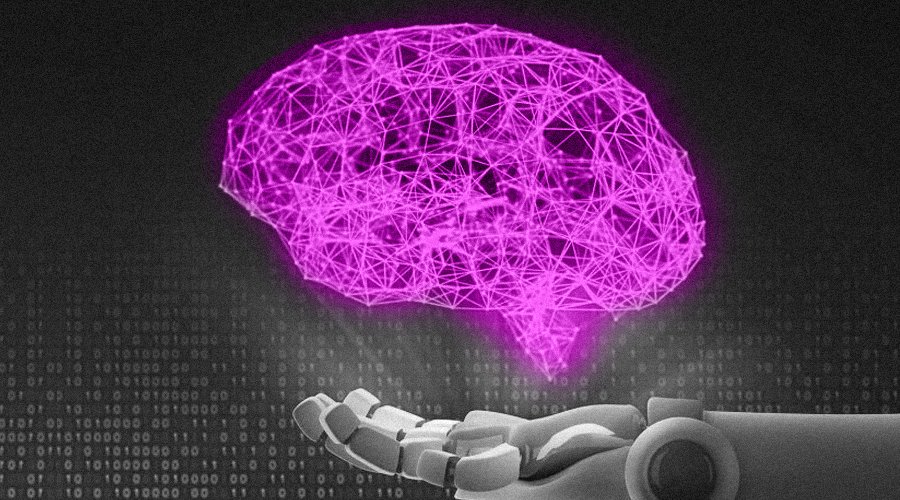
Artificial intelligence rests on the premise of minimising human interference to the extent possible.How close are machined to human-like thinking? The day is not far when this question would sound meaningless. Artificial intelligence and neuroscience are augmenting each other like Siamese twins drawing life-blood from each other. Artificial Neural Networks (ANNs), the virtual twins of neurons are capable of simulating human thought processes and it’s only a matter of time before they attain thinking capabilities. In short, artificial intelligence and Neuroscience share a mutually beneficial symbiotic relationship.AI to the rescue of NeuroscienceThough the medical field has made tremendous advances in diagnoses and treatment of mental diseases, neurology has remained a difficult area for medical researchers. Reason: a brain is a complex machine eluding the neurologists in finding the exact cause of diseases like Parkinson’s, Alzheimer’s, Schizophrenia, depression, etc. Diagnostic procedure for psychological diseases is rather sketchy as in many cases the symptoms vary from person to person depending on individual predisposition. Artificial Intelligence’s deep neural networks help experts understand how the brain is wired to find ways to optimize its functioning. The working of the brain is quite similar to the way AI is trained. Reinforcement learning though derived from animals, developed and elaborated by machine learning experts, is being put to use to comprehend neuropsychological phenomena. Information about protein patterns and cranial regions generated by AI-powered models are helping researchers to examine neurons at the genetic level. Apart from that, specialized simulations generated with AI give a detailed vision of the process of impulse formation and how they travel through the body. Neurodata Without Borders is an AI-assisted project through which a vast amount of brain data, both statistical and visual, is made available to neurologists.Neuroscience improves AI technologies :Indeed, AI has made rapid strides in replicating human-like functionalities, but it is still decades away from creating a ‘human in bolts and nuts’. Unless the developers understand exactly what makes the human mind unique, what is drives its imagination, how the subconscious mind works and what synapses exist, having a machine with the human mind is impossible. Neuroscience can help programmers greatly invalidate the AI’s current models. It might be surprising to know, this is necessary because AI models follow totally different patterns than how a human mind works. In a way, neuroscience helps developers set benchmarks regarding the effectiveness of algorithms by comparing them against neurological activity. Data from medical records fed to algorithms train the machines in human thinking and later the with repetition it successfully tricks a machine in replicating the behaviour, which in other words is called transfer learning.The synergy between AI and neuroscience is for real:Artificial intelligence rests on the premise of minimising human interference to the extent possible or even erasing it completely. The human mind is the most advanced system of which no one has an inkling why it behaves a certain way. Putting the question apart if machines would turn evil if they start thinking, it is essential that we understand the way our mind works. For this to happen, it is essential that AI and neuroscience nurture each other in all possible ways.Share This Article
Do the sharing thingyAbout Author
More info about author
Source: https://www.analyticsinsight.net/artificial-intelligence-and-neuroscience-a-symbiotic-relationship/